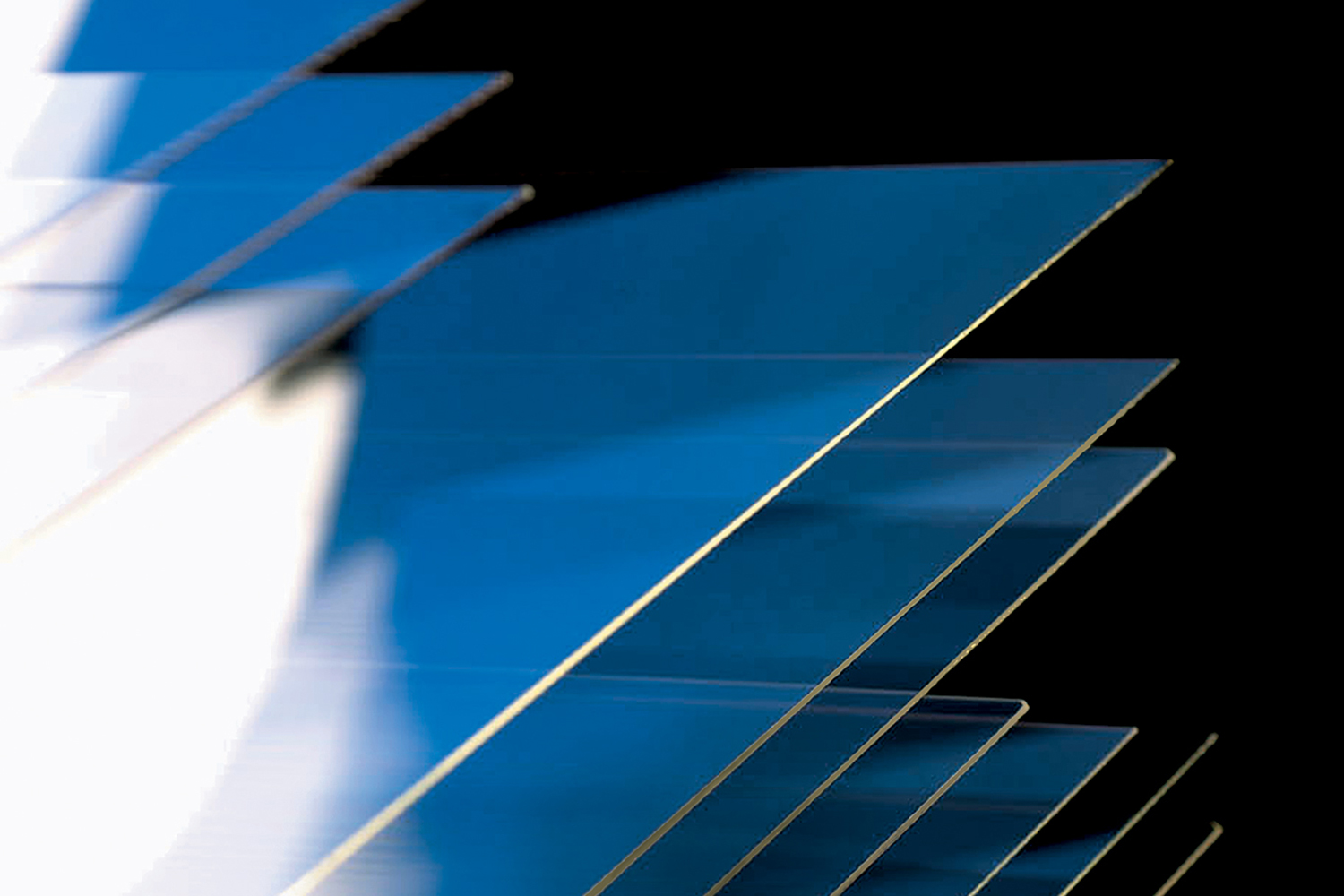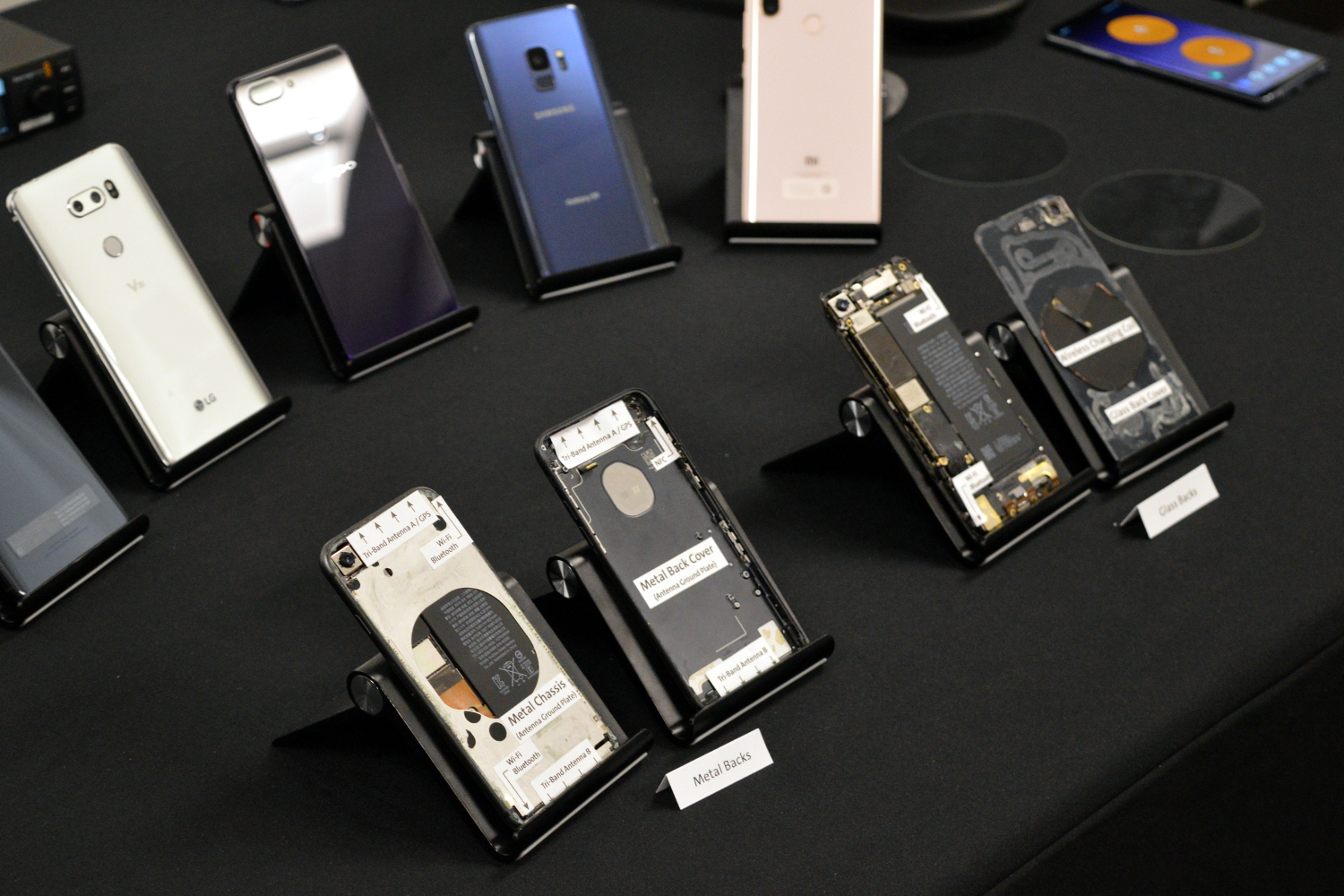
Corning has long been the go-to for smartphone manufacturers who want a nice, tough piece of glass to keep their devices safe in the event of a drop or scratch. Now, the company is stepping things up with the launch of Gorilla Glass 6, which Corning says is up to two times better than the previous version, Gorilla Glass 5.
Phone designs have changed a lot over the years, making the strength of the glass used on phones more important than ever. When smartphones were first released, for example, they often had thick metal or plastic frames, which was the first part of the phone to often make contact when a phone was dropped. Now, smartphones have curved edges and glass backs, resulting in an almost completely glass exterior.
Often, your phone won’t break the first time you drop it, and that’s because up until that point there aren’t any flaws in the glass. With a drop, however, small flaws can be introduced into the glass — meaning that the next time you drop your phone, the weakened glass can more easily break. That’s an issue that Corning has been trying to fix with Gorilla Glass 6, the company told Digital Trends. Gorilla Glass 6 can survive 15 drops from 1 meter before it breaks — which is a solid improvement over the 11 drops Gorilla Glass 5 could get through. Corning said that people, on average, drop their phones seven times per year, so being able to survive 15 drops means the glass should get a phone through a standard two-year upgrade cycle.
These numbers are based on lab tests, though, and real-world drops are often a different beast. Out and about, drops aren’t controlled, and if a phone is dropped when you’re standing, it’s usually from more than 1 meter. Still, any improvement on glass strength is a win-win, whether or not the glass actually survives 15 drops or not.

On top of improving glass durability, Corning has also been working on improving how its glass looks — and has developed a technology to print designs on glass without compromising durability. At a media event, the company showed off a number of interesting designs, including one that mimics the look and feel of wood.
Corning isn’t only focusing on smartphones. The company also unveiled Gorilla Glass DX and Gorilla Glass DX+, which is aimed specifically at wearables and other similar devices. The DX-series replaces the Gorilla Glass SR series, and Corning said it vastly improves on optics, cutting down on glare — which is crucial for wearable devices. In fact, compared to so-called “normal glass,” Corning said DX and DX+ glass cuts down on reflection by up to 75 percent. Gorilla Glass DX+ is more scratch-resistant than Gorilla Glass DX, but it’s also a little more expensive.

Corning is in a pretty good position right now. The world is finally moving to wireless charging, and you need glass on the back of the phone to make the technology work. In other words, strong glass is more important than ever in phone design, which is good news for the company.
There’s no word on specific phones to feature Gorilla Glass 6, but the company said we’ll see phones with the new glass by the end of the year.
Updated on July 18: We’ve added more details after attending a media event.



